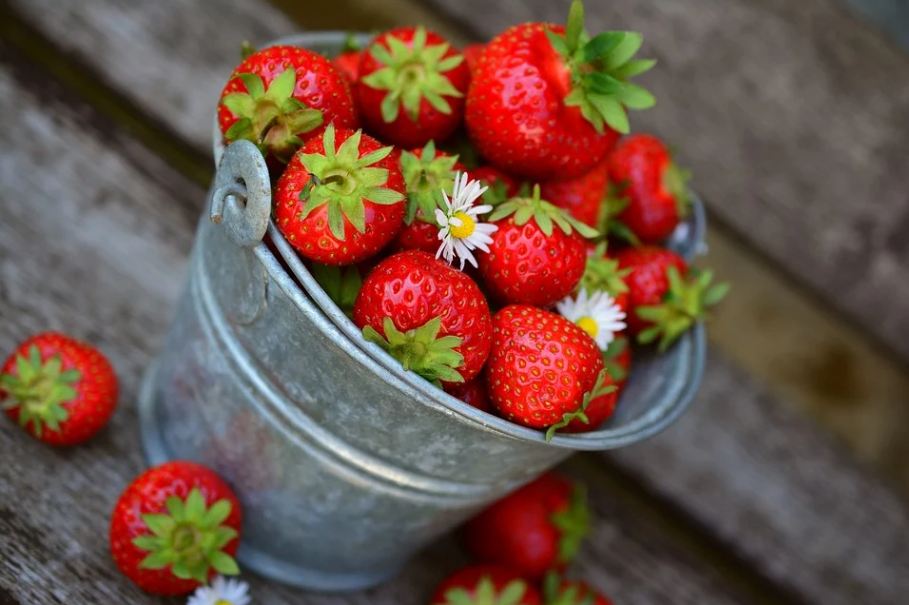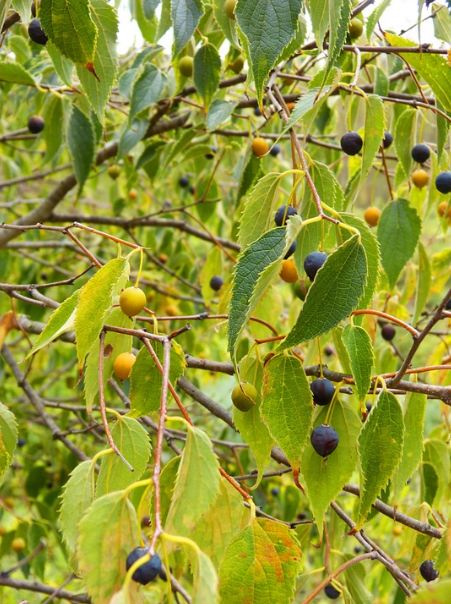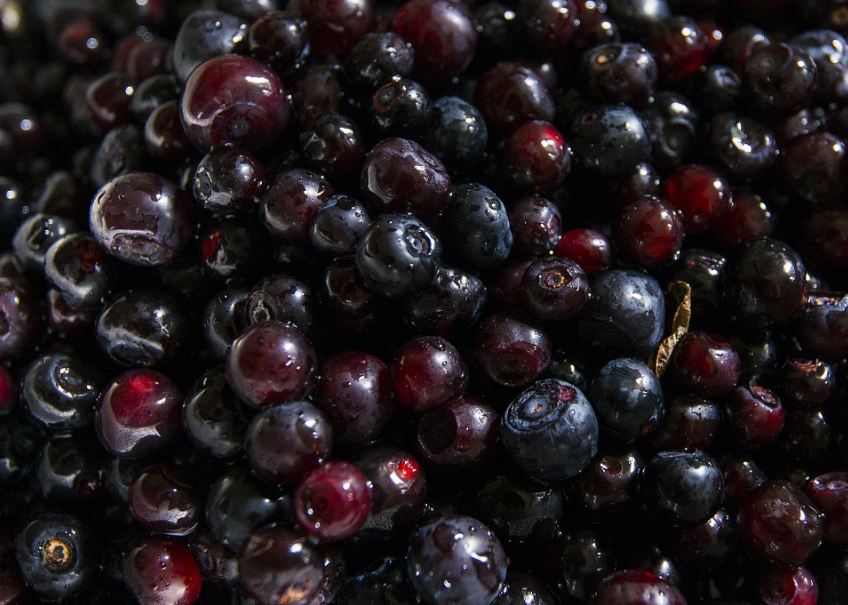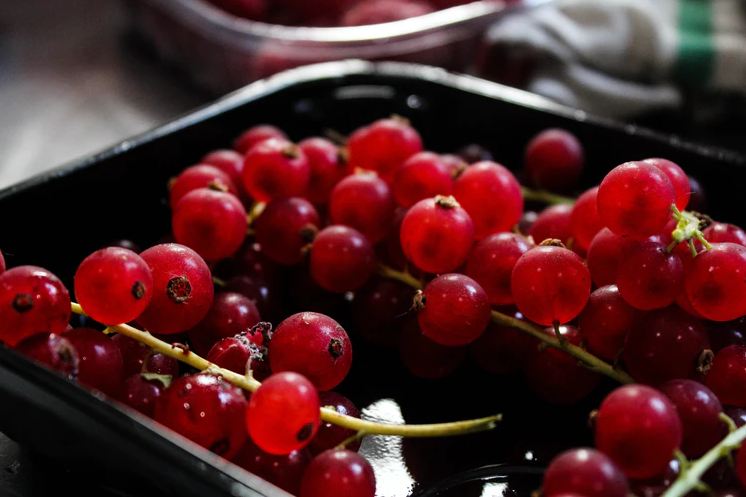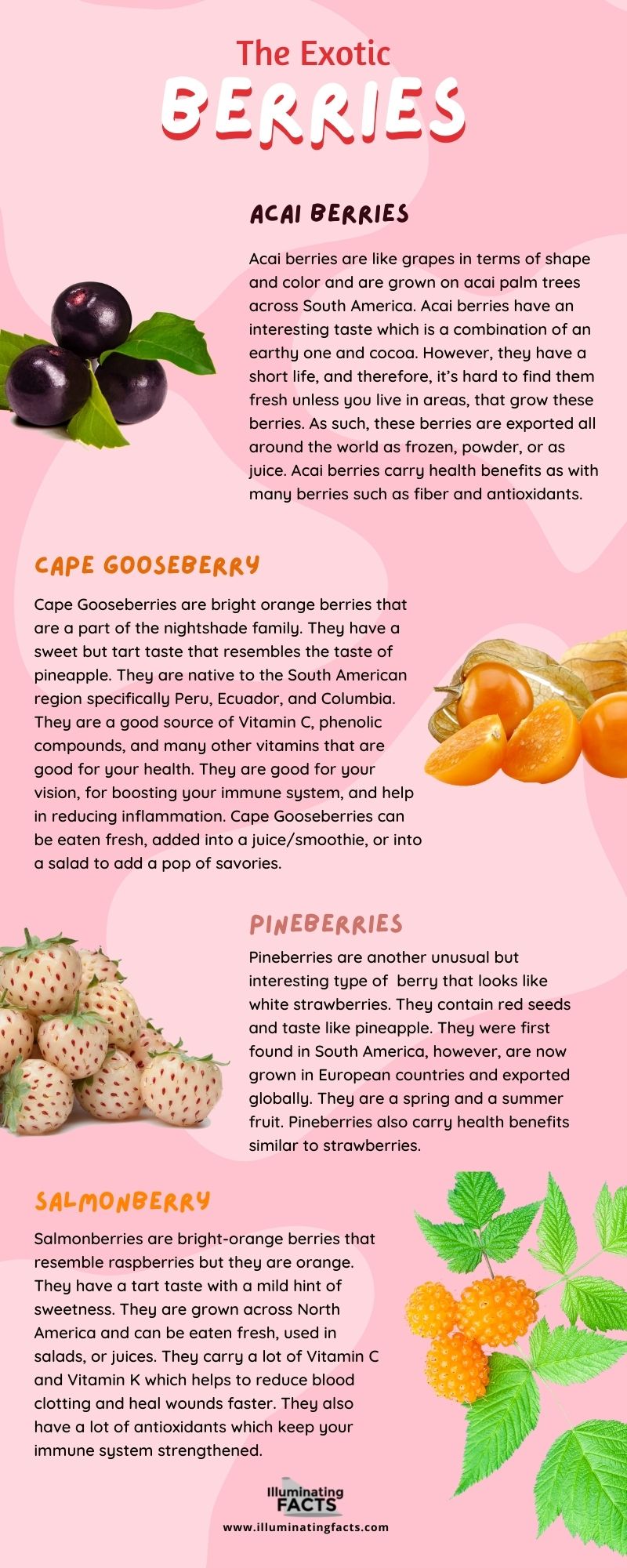There are hundreds of types of berries present in the world. They come in all shapes, sizes, colors, and taste different from each other as well. We learned to distinguish between poisonous berries and juicy berries through evolution and continue to consume the safe kind of berries until today.
Berries are used in all kinds of delicacies, as well as for medicinal purposes. They provide various health benefits that are still being discovered. Let us take a look at the most popular berries that people love all over the globe.
Strawberries
Everyone knows about strawberries; you can easily find strawberry flavored ice creams, milkshakes, and other edible items. Their taste can range from sour to sweet-sour, depending on how ripe they are. They are easy to cultivate and pick. The red skin of strawberry hosts the seeds, which can be planted in suitable environments. Some people don’t like the seeds; however, they add to strawberries’ overall scent and crunch.
Origin:
Modern strawberry was once called the ‘Strewn berry,’ which further evolved into the word ‘strawberry’ as we call it today. According to historical accounts, the first garden strawberry was cultivated in Brittany, France. It was the cross between two wild breeds of berries, which was successful.
Before this, people resorted to consuming the wild strawberries, which often lacked the taste and, in some cases, were poisonous. Strawberries are easy to cultivate and are being grownworldwide; they need minimal maintenance and give produce quite early in their lives.
Health Benefits and Uses:
Strawberries aren’t that high in calories; they constitute over 91% water, making them a great choice to hydrate your body. They can be consumed on a diet without any worries at all. Strawberries are rich in antioxidants and help clear out the bad cholesterol from our bodies. Furthermore, they are a rich source of vitamin C.
They are often used to make jams, jellies, and other desserts. Fresh strawberries are consumed raw as well.
Blackberries
They are juicy, delicious, and really mushy when you eat them. If you’re having a bad day, then they can make it worse by staining your shirt while you consume them. Blackberries often grow naturally and have different kinds. Some blackberry produce is known for its tartness, whilst the others are known for their mushy sweetness.
Origin:
Blackberries have grown naturally, as well as have been cultivated by humans throughout history. They have been actively used in different parts of Europe for the past 2000 years, mainly for their medicinal benefits and snack items.
They are native to Europe, South America, and Asia. However, variations between them exist. They grow on bushes and can be plucked fairly easily. Bushes take some time to grow to their full potential and give produce.
Health Benefits and Uses:
Blackberries are widely used for jams and other delicacies. They provide various health benefits that are often overlooked. They are rich in antioxidants and can prevent diabetes, heart disease, and cancer. Plus, they are also a rich source of vitamin C, which can boost your immune system to ward off different diseases. Vitamin K present in the blackberries strengthens your bones and makes sure that calcium is absorbed in the appropriate places.
Hackberries
They might come off as a wild berry at first, but once you try them, you’ll want even more. They are often called ‘Nature’s Candy.’ They have a sweet outer shell with a crunchy nut inside. They are highly nutritious and loved by enthusiasts. Sadly, they are not cultivated; you can only forage them.
Origin:
According to some historical findings, hackberries were one of the first food items that human beings learned to consume. Prior to that, they relied on meat and other animal sources; they feared the berries since they were known to kill their clan members.
Furthermore, hackberry trees produce excellent hardwood that has been used to craft woodworks for centuries.
Health Benefits and Uses:
Hackberries are rich in fat, protein, and carbohydrates. They’ll help you feel full for longer periods of time and provide ample energy to do your daily tasks. They were once also utilized as medicine by the native Americans.
Huckleberries
Huckleberries got into the mainstream culture ever since Mark Twain played the character ‘Huckleberry Finn.’At times, you might think, what even huckleberry is? Well, they are pretty similar to the blueberries (their distant cousin). Their color ranges from red to blue and even black; however, the seed inside them is pretty big compared to blueberries.
They taste similar to blueberries; darker huckleberries are sweeter, and the others are a bit on the tart side of flavor.
Origin:
Legend says that when the first colonists arrived in America, they mistakenly named the native American blueberries as ‘Hurtleberries.’ This name further evolved into ‘Huckleberries’ by the late 17th century.
Huckleberries are majorly harvested during the mid-summers, with their peak during July and September.
Health Benefits and Uses:
Huckleberries are a rich source of vitamin C, which is responsible for keeping your immune system active and boosting your skin’s collagen production; more collagen simply means better-looking skin. They are also high in iron and contain enough iron to make sure you’re not deficient.
You can consume huckleberries raw, or make pancakes, chocolates, and a lot of other delicacies as well.
Gooseberries
There was a time when gooseberries were banned from being cultivated in the United States because they somehow contributed to the wine pine blister rust disease. The majority of people in the States still don’t know about this berry nor the benefits of consuming it. They are shaped similar to grapes, with translucent skin and minute seeds inside the flesh. Gooseberries don’t taste sweet; they taste really sour; however, the darker ones are sweet naturally.
Origin:
Gooseberries were once only limited to certain parts of Europe and Asia. They were majorly cultivated for medicinal purposes. As time passed, they started being grown all over the world with varying levels of success.
They need a humid and cool environment to thrive. They grow on shrubs that are able to reach 3 to 6 ft of height.
Health Benefits and Uses:
They are low in fat and are densely packed with nutrients. They aid in digestive issues such as bloating by improving your gut flora. They also help your body to regulate blood sugar levels more effectively.
Raspberries
Raspberries have to be the most popular type of berries on our list. They are red, soft, and incredibly juicy. Their taste might be on the sour side, but they can leave you wanting for more. Raspberry juices are even more popular these days because of their availability.
Origin:
They were once native to Europe. However, with the improvements in transport,they soon spread in different European nations and now are cultivated in different parts of the globe. Europeans brought raspberry canes when they came to America and cultivated them.
Health Benefits and Uses:
Raspberries are great for the functioning of the liver. They optimize the function of the liver and help prevent the formation of fatty liver. They are also rich in antioxidants and possess anti-carcinogenic properties as well.
Conclusion
We have eaten berries and used them for medicinal purposes since forever. From learning the difference between poisonous and nutritious berries in the early stages of evolution, today we produce them in bulk amount for the masses. Berries remain very popular for their immense health benefits.
Check out this nifty infographic overviewing the different types of berries:


